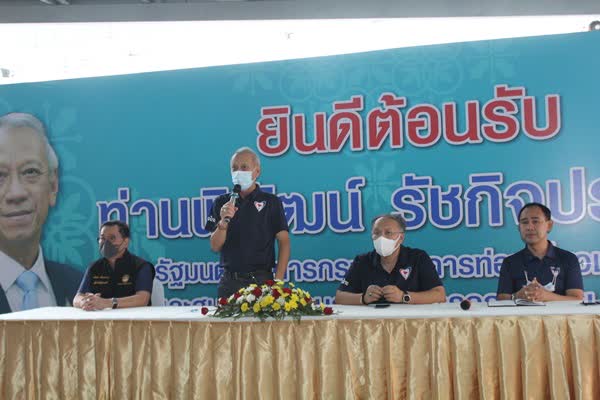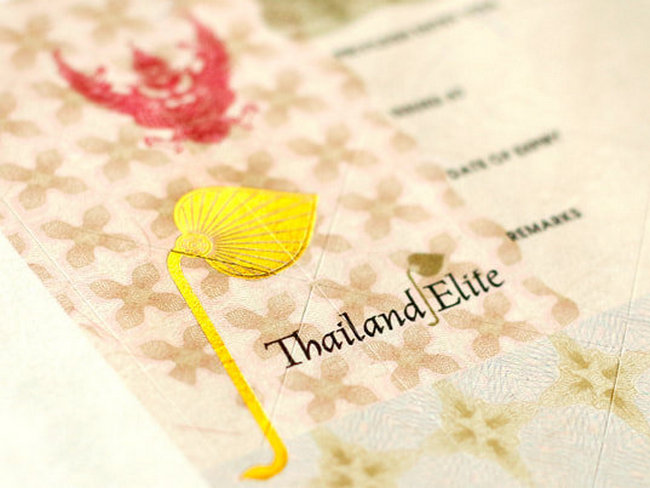
The hope that some foreign tourists might soon be able to enjoy tropical Thailand during the European winter has nosedived since the threat of community transmission of the pesky virus has resurfaced in recent days. There are fears in government circles that local residents may not welcome any foreign influx in the near future.
Tourism Minister Phipat Ratchakitprakarn said yesterday that officials had visited Phuket to assure locals that all entrants to Thailand, both Thai nationals and foreigners, would undergo at least 14 days quarantine. He added that local people in any case wanted to see priority given to foreigners who had family or work in the area rather than leisure tourists.

Various schemes have been put forward to allow select groups of tourists to enter Thailand, but none has received the go-ahead from the government’s key committee the Centre for Covid-19 Situation Administration (CCSA). Travel bubbles between Thailand and other low-risk countries such as China and Singapore were initially on the cards, but collapsed after infection rates began to rise again.
Another suggestion was a “safe and sealed” approach in which tourists from overseas cities or regions (rather than whole countries) where there had been no domestic virus transmission for at least a month would be allowed to board a flight to Thailand. But the detail was not clarified and critics said that the selection of individuals would likely be too complicated to be feasible any time soon.
The most recent proposal was the Snowbird vacation in which retired tourists from cold climates would receive a special visa of 90 days plus two optional extra 90 days (a maximum of nine months) to enjoy the famed Thai beaches. But the groups would be brought here by charter flights and there was the obvious problem that the vacationers would not all want to go home at the same time. It’s unlikely the white-haired Snowbirds will migrate this year.

Yesterday the Association of Thai Travel Agents (ATTA) announced that officers would meet operators and locals in Pattaya this week to seek practical measures on a new proposal. This would involve a “safety tourism” scheme in which Asian tourists would be able to visit Thailand without undergoing the 14-day quarantine. Instead, the latest technology in testing for the virus would be used and travel agents would assume responsibility for ensuring the visitors remained together as a group and did not wander. The problem is that humans share with cats a firm determination to wander at all costs.

Meanwhile, there continues to be doubts about the eligibility of Elite visa holders to come to Thailand in the near future. It was announced last month that existing and new applicants for the privilege visa, which allows unrestricted entry for between five and 20 years on payment of a substantial cash fee, would be allowed to travel here. However, the website of the Thai embassy in London still does not include them in the approved categories, whilst the Thai embassy in Washington DC states it cannot yet issue a certificate of entry for Elite members without approval from Bangkok.
The suspension of foreign tourism to Thailand is costing the Thai economy around two trillion baht on an annual basis and is already creating serious unemployment in the leisure sector. But Thai authorities continue to wrestle with the dilemma that you can’t rescue foreign tourism to its pre-virus heights without increasing the risk of spreading the infection. The question now is whether that conundrum has any workable solution until reliable vaccines are universally available. That’s 2022 at best.




